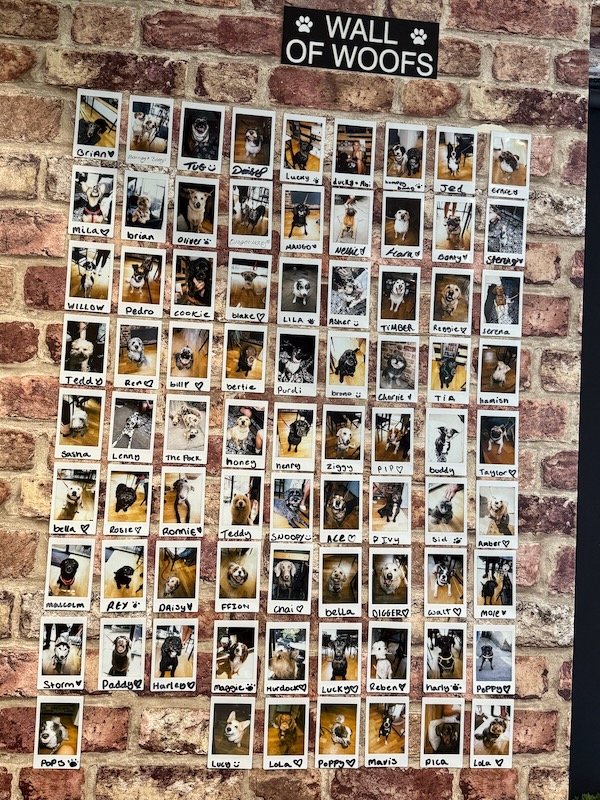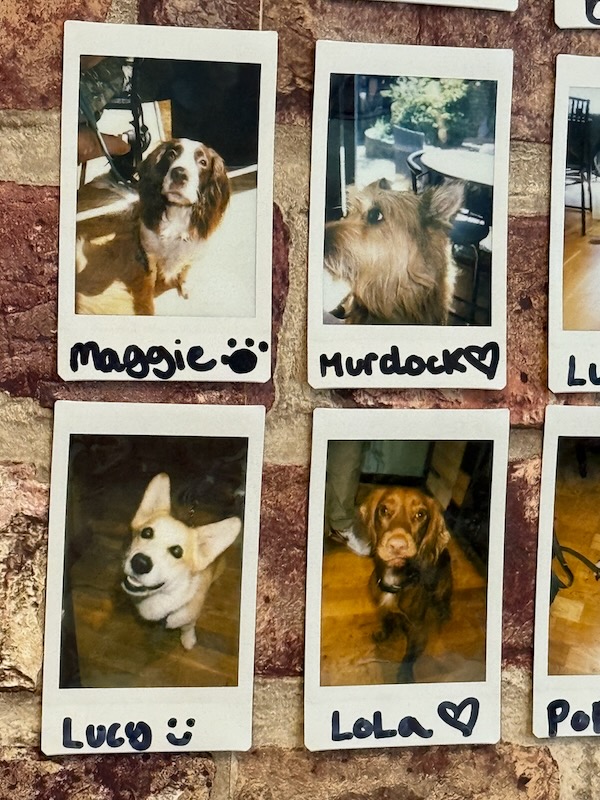Our Blog - August 2025 - England trip - Battle
The Battle of Hastings was fought in 1066 between the Norman-French army of William, Duke of Normandy (spoiler alert: also known as William the Conquerer), and an English army under the Anglo-Saxon King Harold Godwinson. While called the Battle of Hastings, it actually took place about 7 miles inland where today is the town of Battle.
I will give the short summary ... Edward the Confessor was King of England and had told William that he would be his heir (Edward had no kids and supposedly Harold had agreed to this), but then on his deathbed, changed his mind and gave the crown to Harold. The King of Norway also laid claim to the throne and so both William and the King of Norway headed to England to fight Harold in early 1066. The Norwegians arrived first but were defeated. William's departure from France had been delayed due to bad weather, and he eventually landed in September at Pevensey and fortifications were built (you will see the remains of this castle later). The two armies met on a field/hillside in October 1066 and after various moves and fighting, Harold was killed (supposedly taking an arrow to the eye) and William became King. Battle Abbey was founded by William at the site of the battle. According to 12th-century sources, William made a vow to found the abbey, and the high altar of the church was placed at the site where Harold had died. The town of Battle rose up around this abbey.
The Abbey Gatehouse was built in 1338 replacing an earlier gatehouse. It was the main entrance for visitors, as well as merchants, traders, and abbey staff.
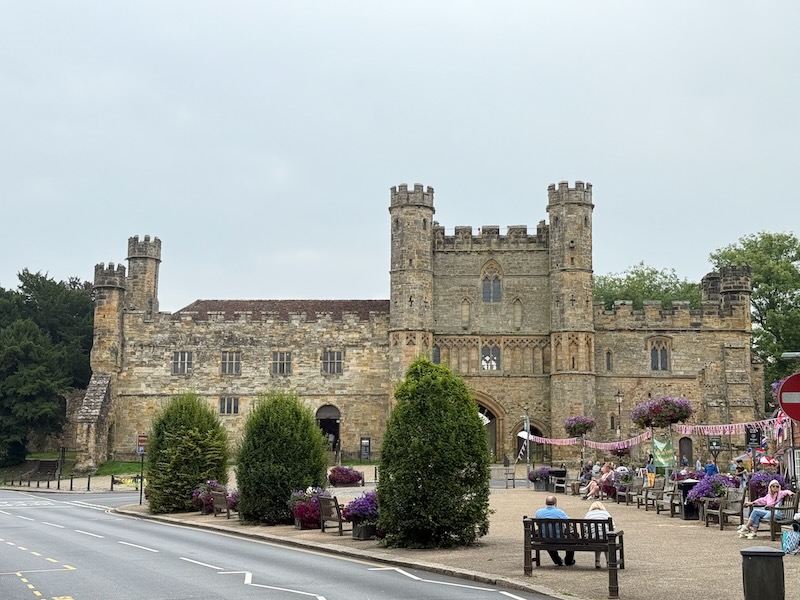

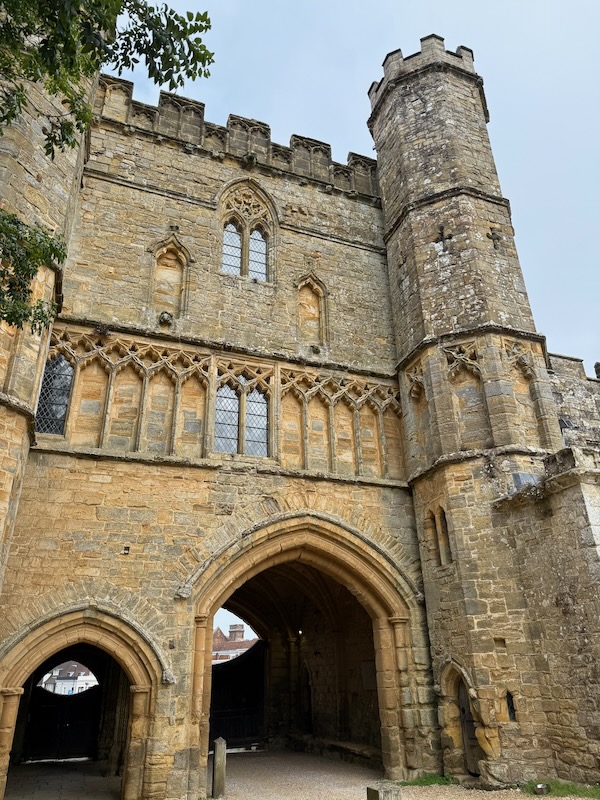
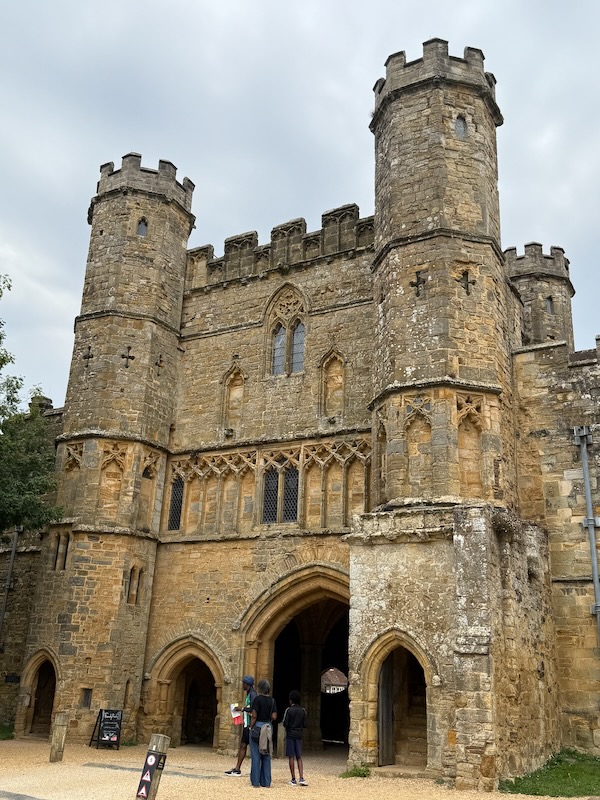
We started with a video that explains the Battle of Hastings. I thought it was very well done, even using pictures of the Bayeux Tapestry for the various scenes. This one was showing William and his troops coming across from France.
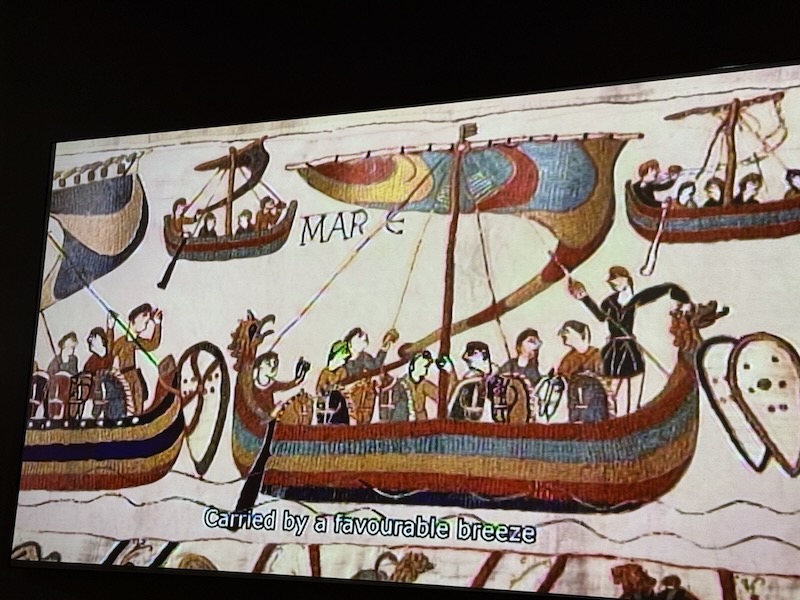
There is a walk that goes around the battlefield within informational panels that explain different parts of the battle and the battle tactics used by the two sides. There are also various statues dotting the route.
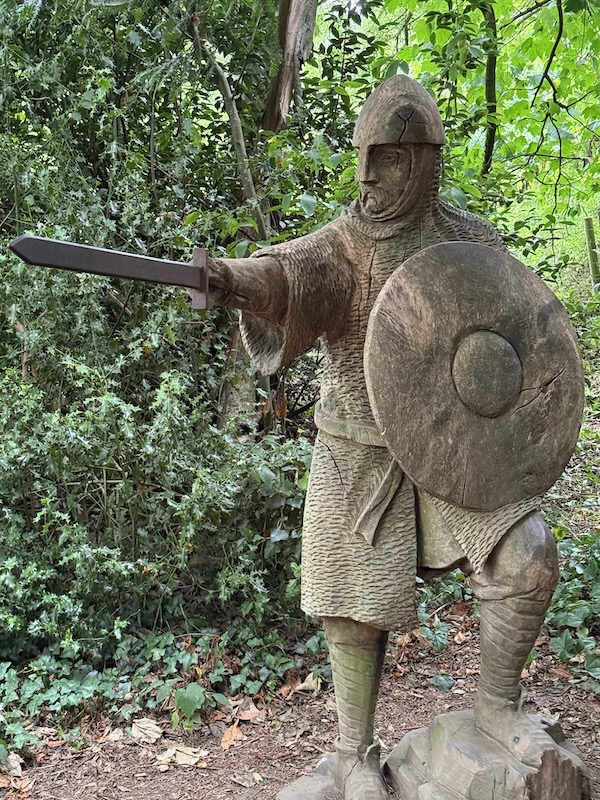
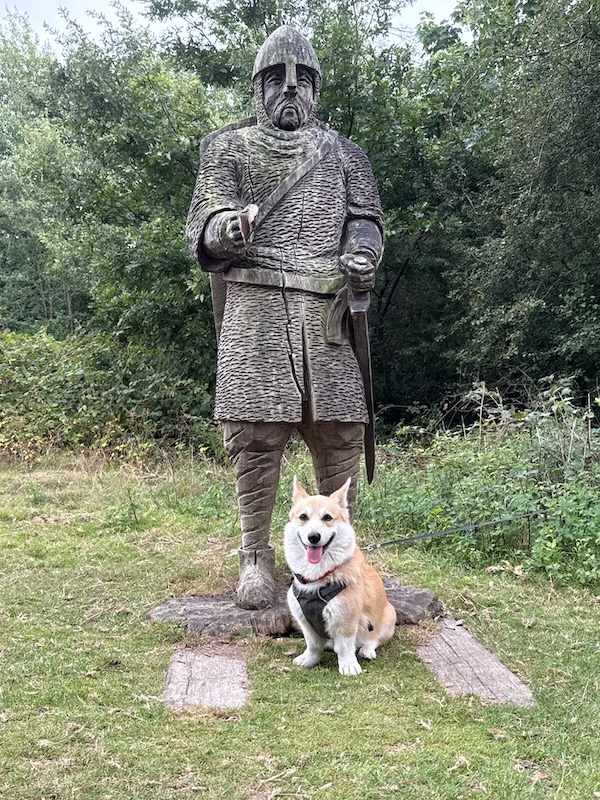
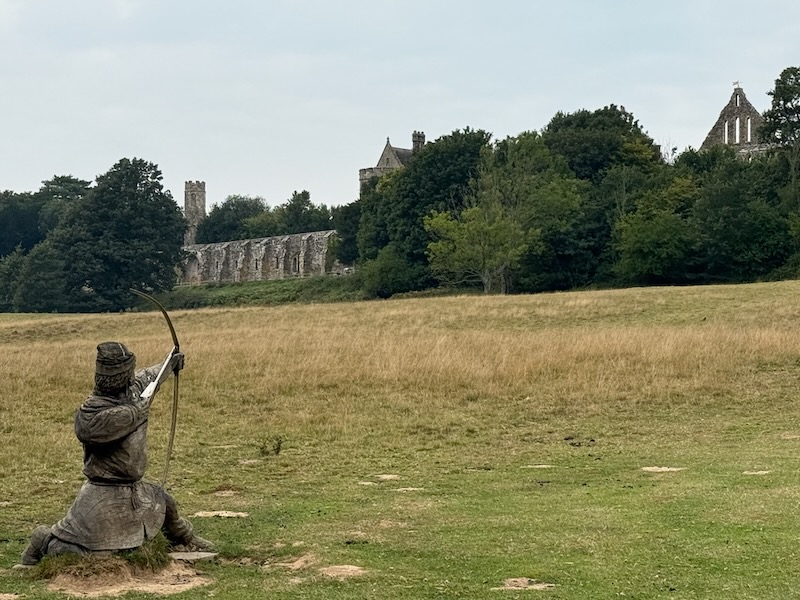
The abbey was built on the hill above the battlefield between 1070 and 1094, with 140 Benedictine monks living here when it opened. As the wealth of the abbey grew, the early buildings were replaced in the 13th century with what we see today. The church was demolished after the Dissolution of the monasteries in 1538. This was the dormitories (the tall building) and latrines (the arches on the right are all that is left) for the monks. The latrines have a paved drain that discharged down the valley.
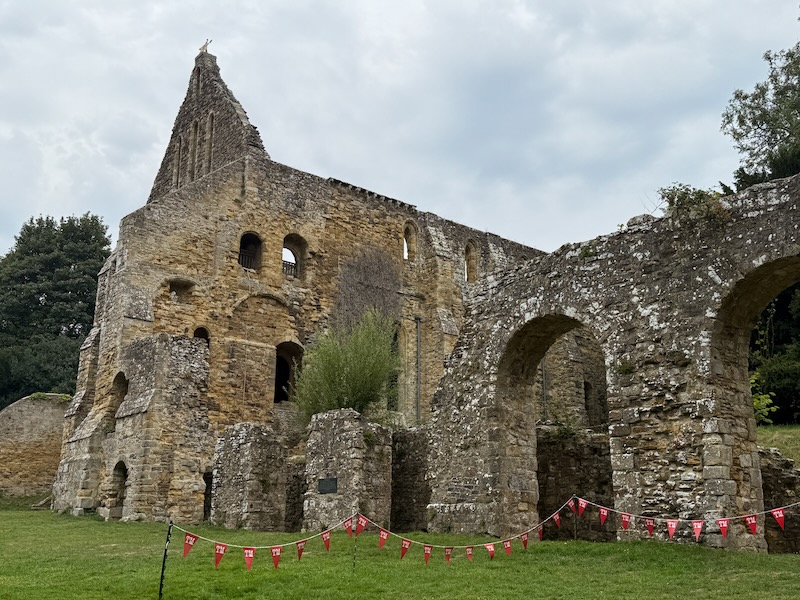
The dormitory had 2 floors on one end and only 1 on the other, as the building went up the hill. You can see the columns holding up the vaulted ceiling. The larger room is the Common Room, and you can see the stairs going down into this room, indicating that the ground was higher than the floor. There are remains of stone benches in one corner where the monks sat.
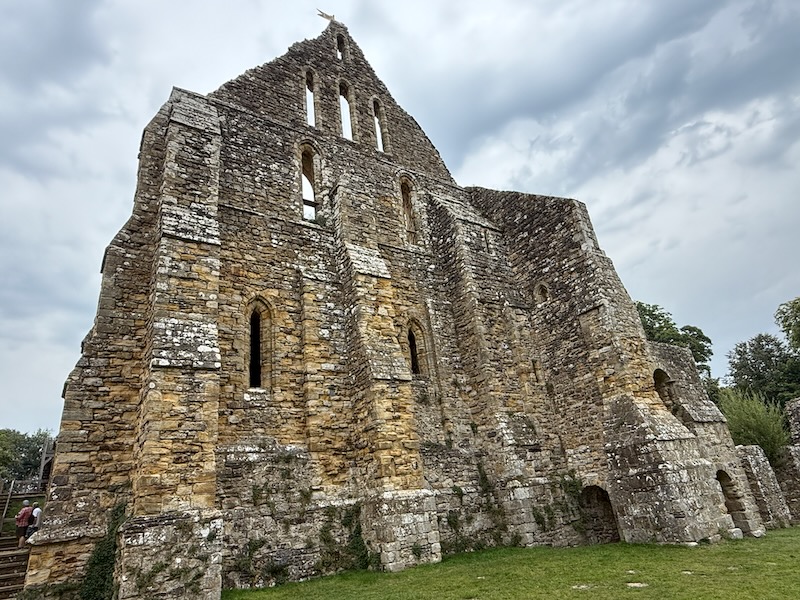


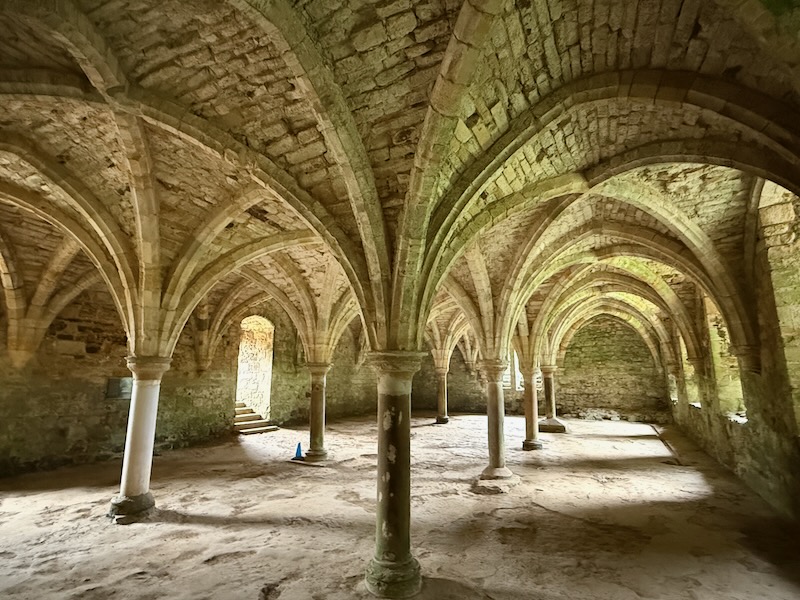
This large building would have been the Refectory or dining hall. You can see the arches on the ground floor which would have been where the cloister walkway was.

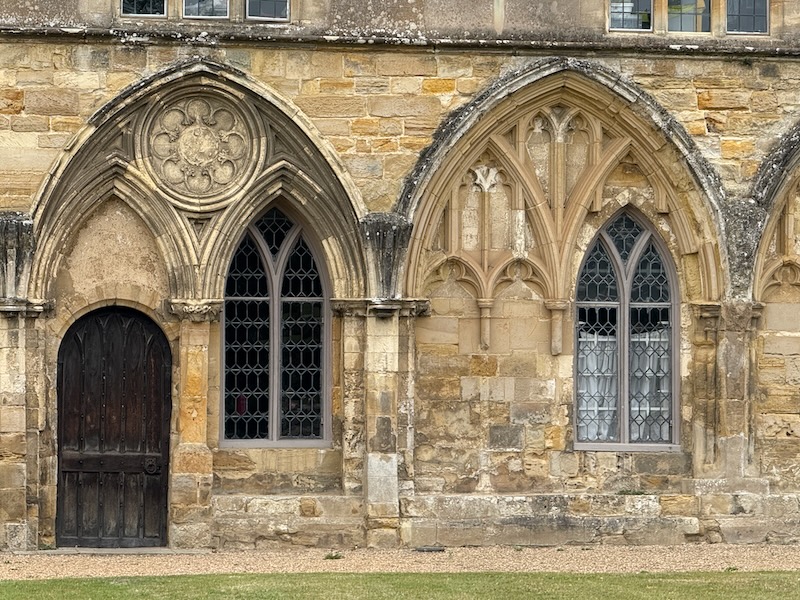
The actual Abbey Church was built exactly where King Harold died, with the high altar being on the spot where he had fallen. In the 13th century, the church was expanded to the east with a new choir and 5 radiating chapels, and a large vaulted crypt underneath. Nothing remains of the church ... you can see the outline here of of the original church and the rectangular stone where the high altar was.
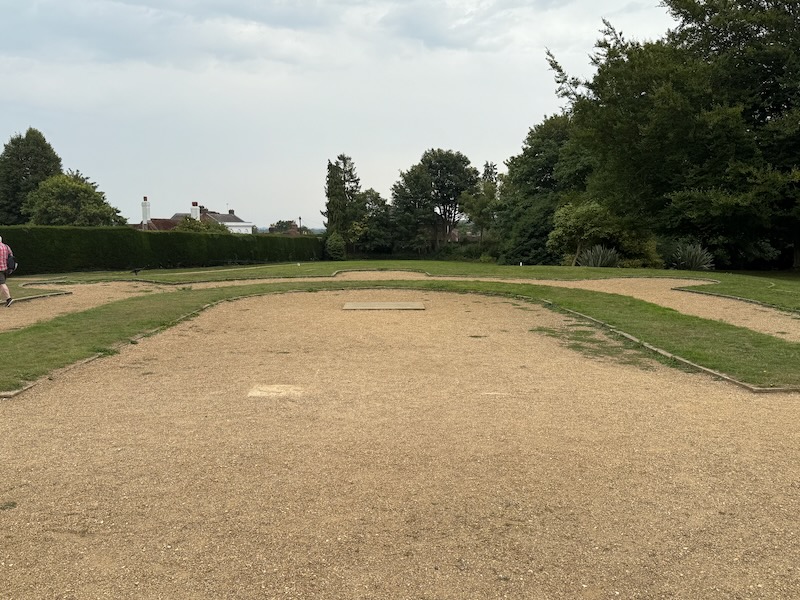

As mentioned, the crypt was added in the late 13th century
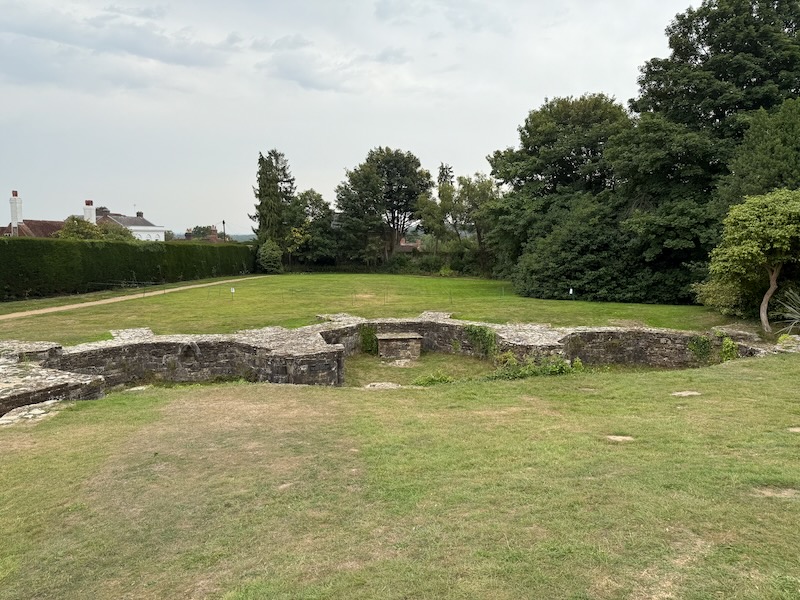
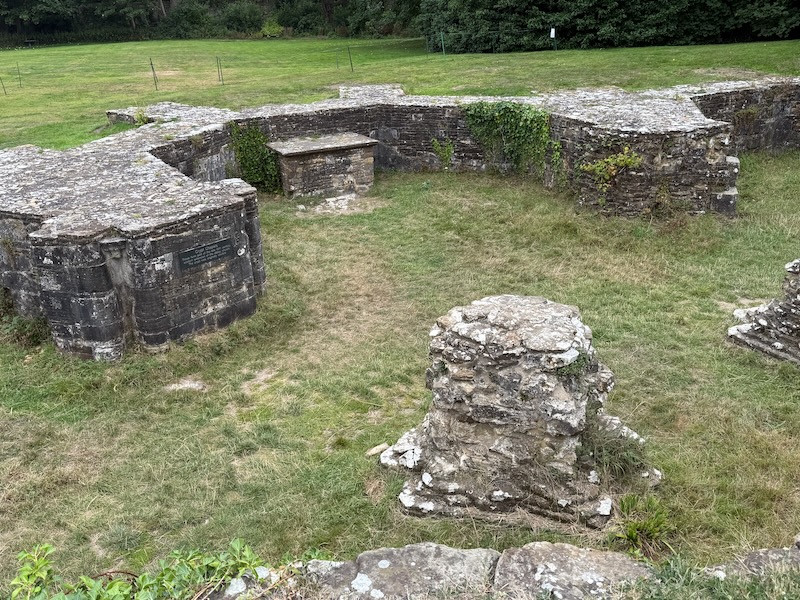
This is called the Souvenir Normand, and was placed here in 1903 by the Norman historical society to commemorate the Battle of Hastings. You can still see the stone altar in one of the chapels of the crypt.
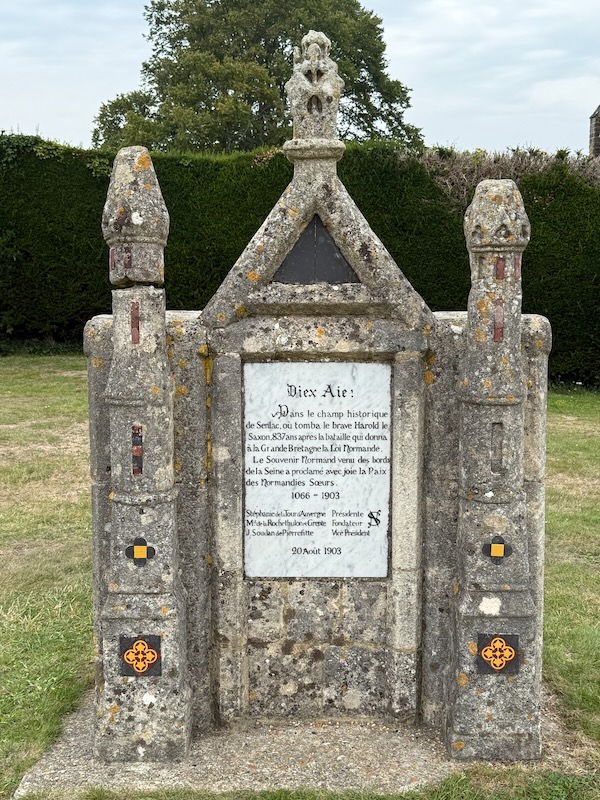
Most of the remaining buildings now house the Battle Abbey School. You can take a guided visit through the school in August during the vacations but dogs were not allowed so we skipped it and just grabbed pictures from the entrance.

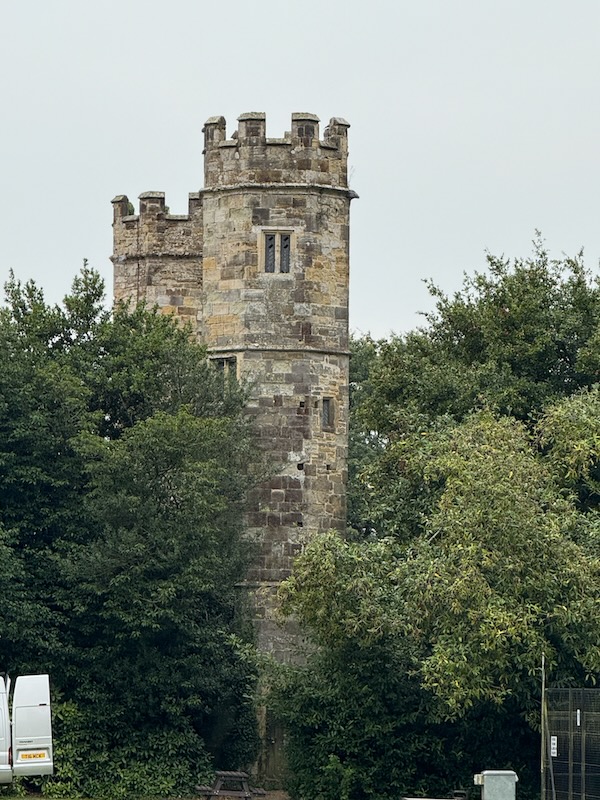
We had lunch at a nearby cafe that was VERY puppy-friendly. They have a "Wall of Woofs" where they take pictures of the various dogs that have come in. Lucy was more than happy to pose (for a treat, of course)!
